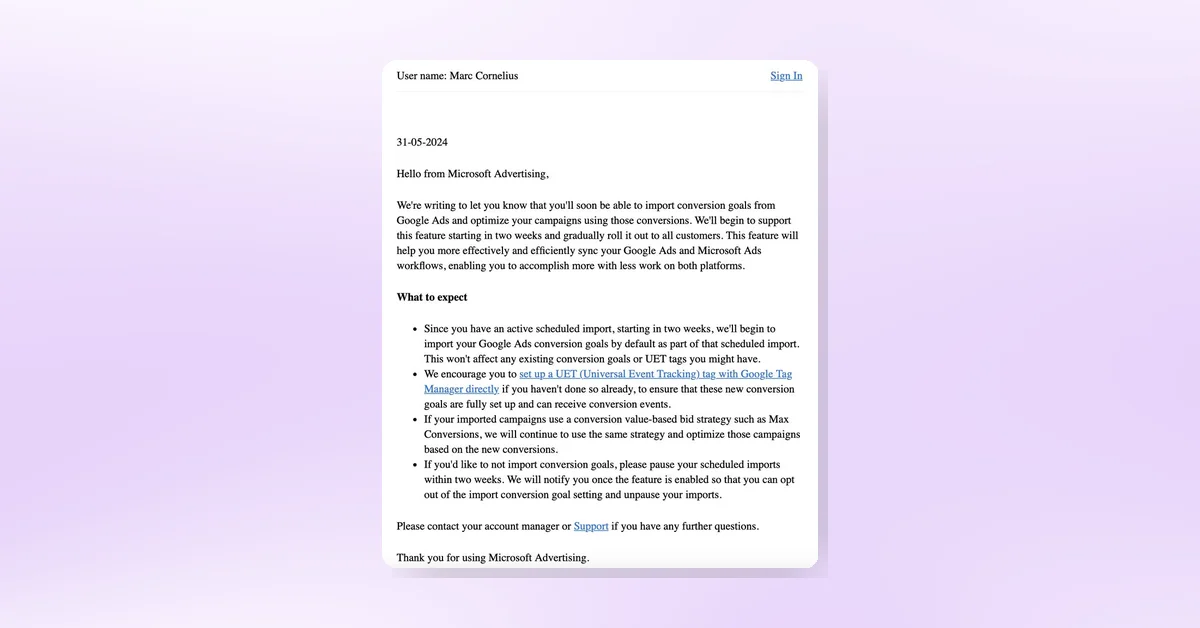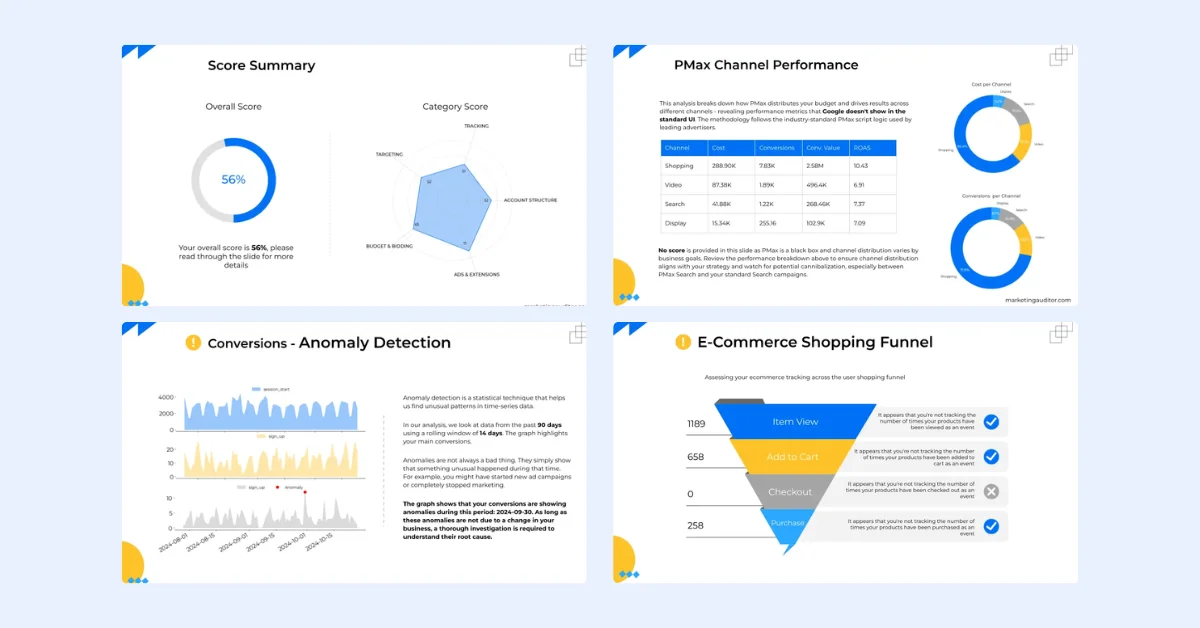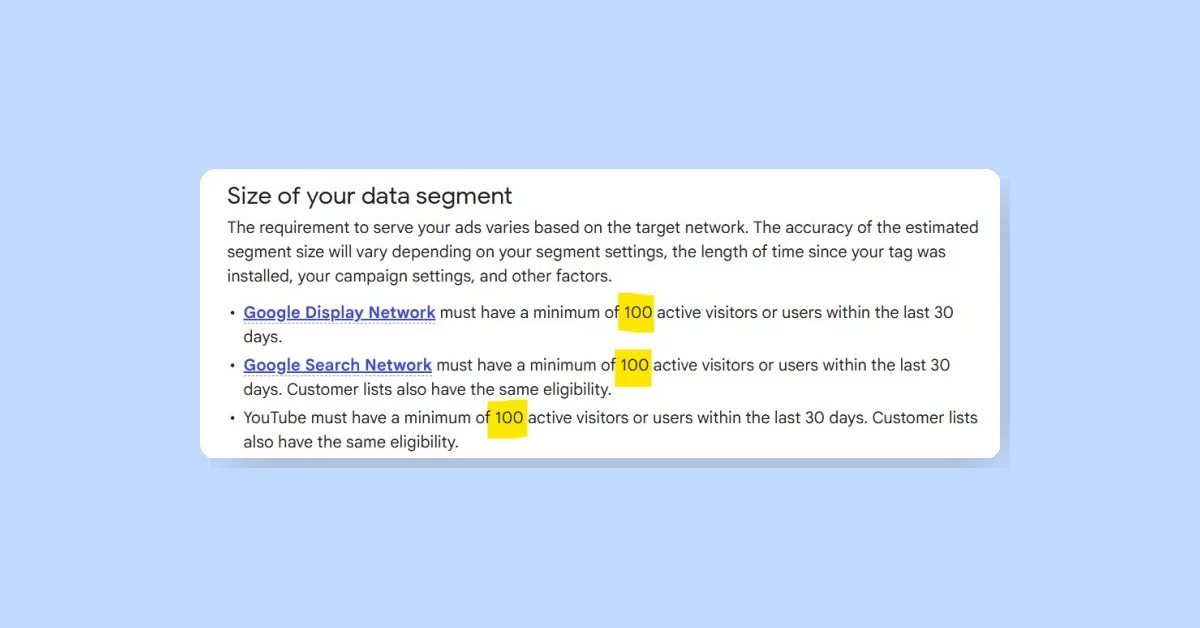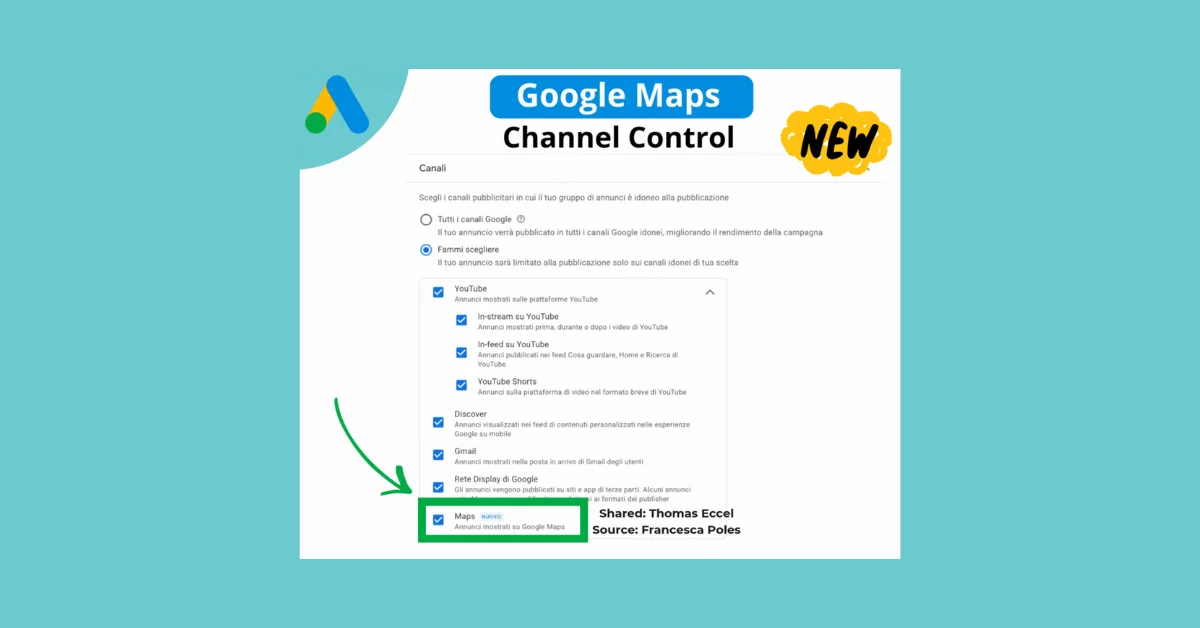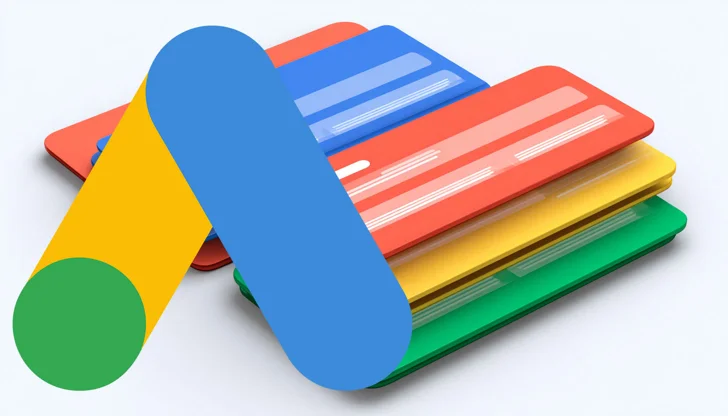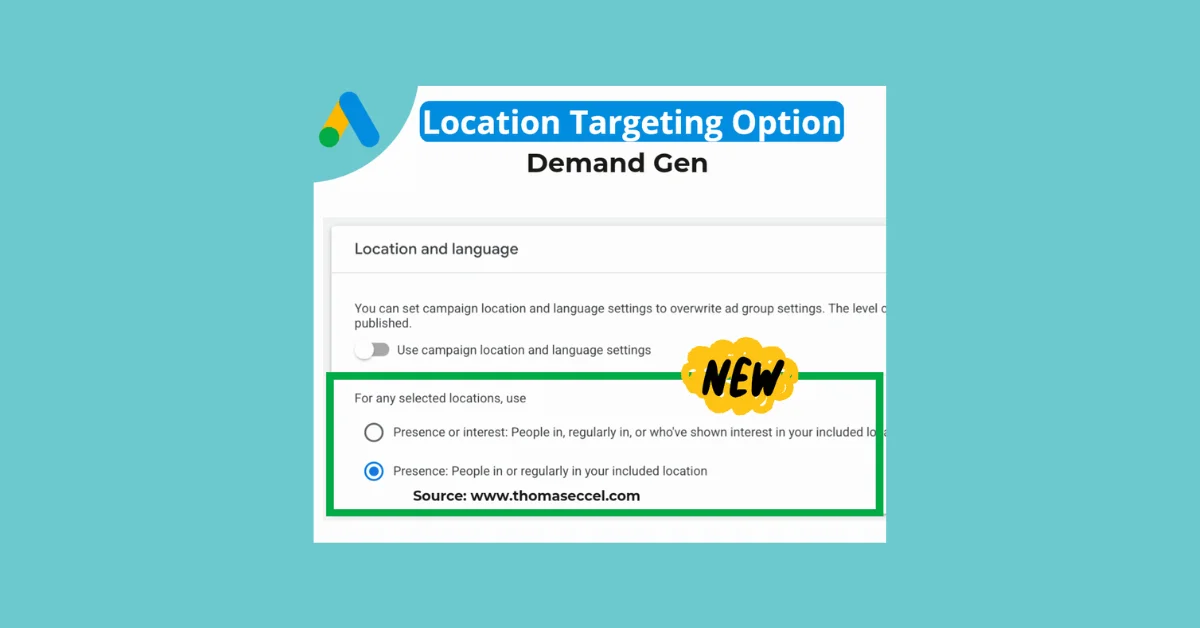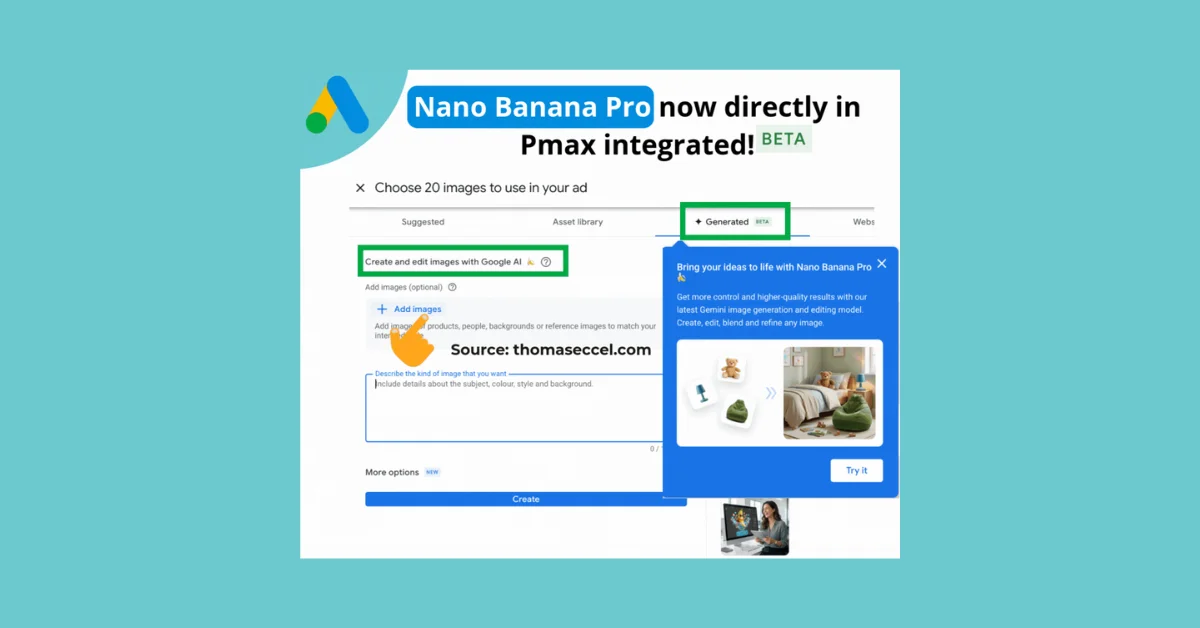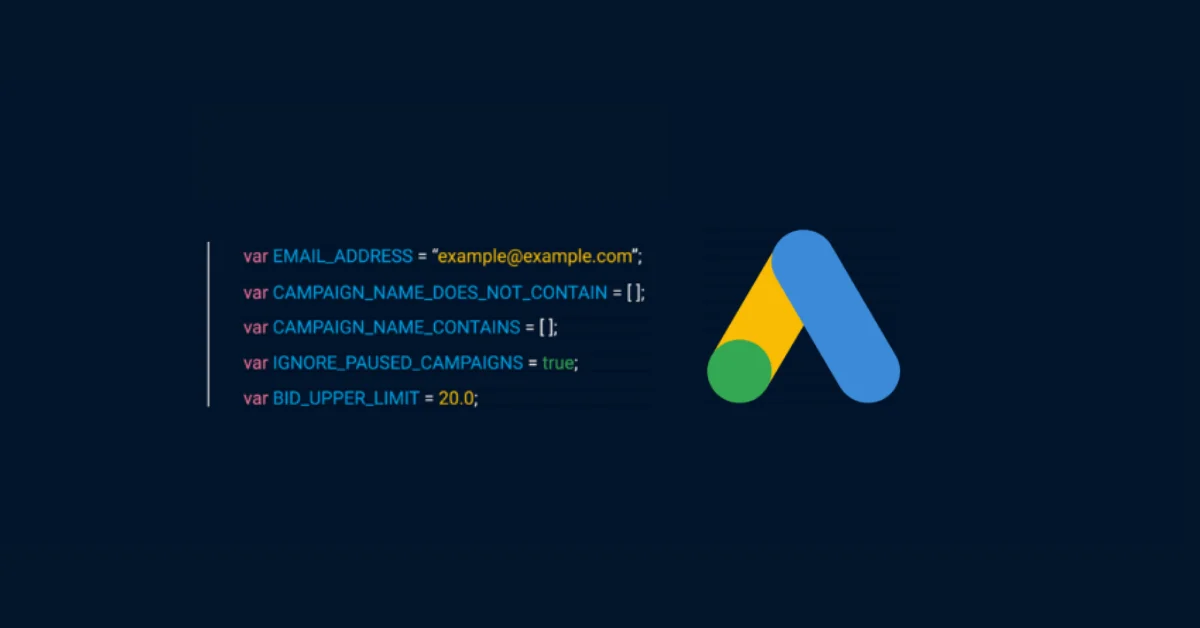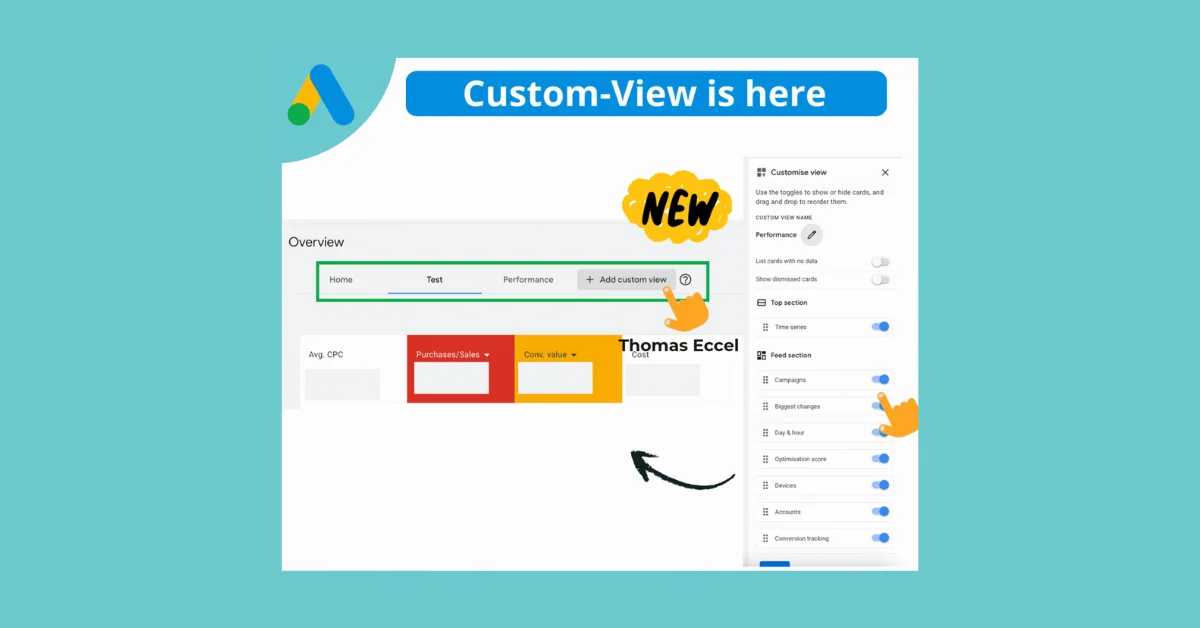In two weeks, Microsoft Advertising will introduce a new feature that allows you to import conversion goals from Google Ads. This will enable you to optimize your campaigns seamlessly across both platforms.
The new feature will automatically sync your Google Ads conversion goals with Microsoft Advertising, making campaign management more efficient and integrated.
Here's what the import process will look like:
Scheduled Import Activation: If you already have an active scheduled import, Microsoft Advertising will automatically start importing your Google Ads conversion goals as part of this process in two weeks.
Maintaining Existing Goals: Your current conversion goals and UET (Universal Event Tracking) tags within Microsoft Advertising will remain unaffected. The new imports will be added alongside your existing setup.
Setting Up UET Tags: If you haven't already, you should set up a UET tag with Google Tag Manager to ensure your conversion goals are fully configured and can track conversion events accurately.
Value-Based Bid Strategies: If your imported campaigns use a value-based bid strategy, such as Max Conversions, Microsoft Advertising will continue using the same strategy. Your campaigns will be optimized based on the newly imported conversion data.
Opt-Out Option: If you prefer not to import conversion goals, you can pause your scheduled imports within two weeks. Microsoft Advertising will notify you once the feature is live, allowing you to opt out of importing conversion goals and resume imports later if desired.
This streamlined process aims to enhance campaign efficiency and integration across both advertising platforms, saving you time and effort in managing your conversion goals.
New Update: June 4th
This feature is the final step in mirroring Google Ads setups within Microsoft Ads, following the introduction of new campaign types like Performance Max.
However, the rollout may initially impact bid strategies due to the imported conversion goals. Microsoft advises pausing any ongoing Google Ads imports for the next few weeks to avoid performance issues. Once the rollout is complete, users can carefully re-enable the import feature and decide whether to include the conversion goal import.
